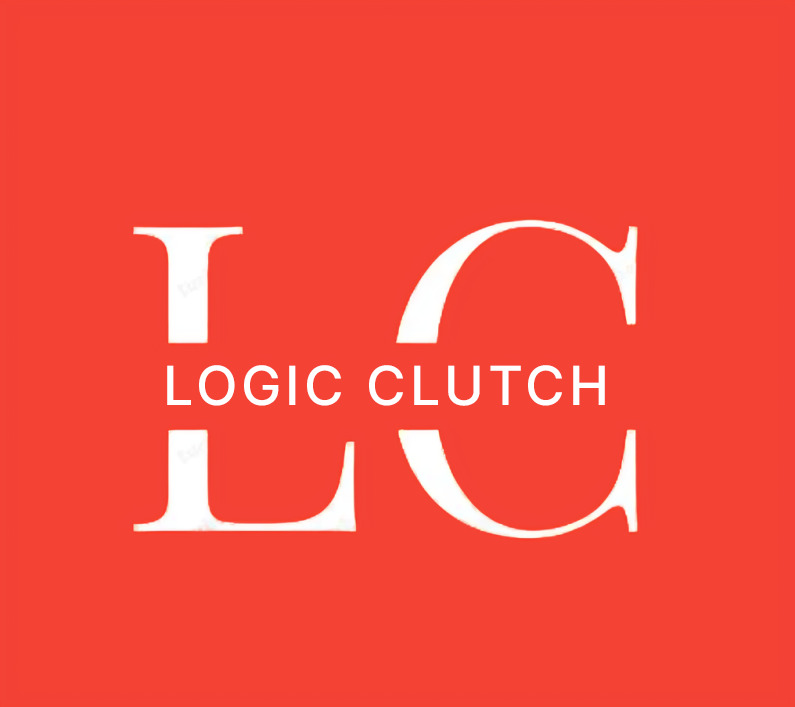Navigating Blockchain Interoperability Protocols: A 2025 Guide for Enterprise Leaders
TL;DR
The Imperative of Blockchain Interoperability for Enterprises in 2025
Imagine a world where blockchains communicate as seamlessly as apps on your smartphone. That future is closer than you think, and it's vital for enterprises in 2025.
Historically, blockchains operated in silos, limiting their usefulness. Businesses require interconnected systems to truly leverage blockchain's potential. Blockchain interoperability is the key to unlocking this synergy.
- Enhanced Data Sharing: Interoperability enables secure data exchange across different blockchain platforms.
- Improved Collaboration: Businesses can collaborate more effectively with partners using diverse blockchain solutions.
- Streamlined Integration: Interoperability improves integration with existing enterprise systems.
Enterprises that embrace interoperability will gain a significant competitive advantage. As Alchemy.com reports, numerous tools are now available to facilitate this integration.
Next, we'll examine the evolution of blockchain networks from isolated systems to interconnected ecosystems.
Key Technologies Driving Blockchain Interoperability
Blockchain interoperability protocols are rapidly evolving, and several key technologies are leading the charge. These protocols aim to create a more connected and efficient blockchain ecosystem for enterprises. Let's explore some of these driving forces.
Cross-chain bridges enable the transfer of tokens and data between different blockchains. They essentially act as translators, allowing blockchains with different rules to communicate.
- Token and Data Transfer: Bridges facilitate the movement of digital assets and information across networks.
- Design Variations: Different bridge designs exist, each with its own security profile. Some use a "lock and mint" mechanism, while others employ more complex protocols.
- Project Examples: Several projects focus on cross-chain bridge technology, each with unique features and trade-offs.
Relay chains act as central hubs, coordinating communication between various blockchains. This architecture promotes scalability and shared security.
- Communication Coordination: Relay chains manage the flow of information between connected blockchains, streamlining multi-chain interactions.
- Polkadot Example: Polkadot is a prime example of a relay chain architecture, enabling different blockchains ("parachains") to connect and interact.
- Security and Scalability: Relay chains provide shared security benefits and improve the scalability of interconnected networks.
D[Blockchain D] --> B
Standardized protocols and APIs simplify multi-chain development, allowing developers to build applications that interact with multiple blockchains more efficiently.
- Standardized Interaction: These protocols provide a common language for blockchains, promoting seamless interaction.
- Complexity Abstraction: APIs hide the complexity of underlying blockchain technologies, making development easier.
- Efficient Development: Developers can create multi-chain applications without needing expertise in every blockchain.
These technologies are paving the way for a more interconnected blockchain future. Next up, we'll dive into the role of decentralized identity in this evolving landscape.
Real-World Enterprise Use Cases Enabled by Interoperability
Imagine a world where data flows freely between different blockchain networks. Interoperability makes this possible, unlocking new opportunities for enterprises.
- Banking and Finance: Streamline cross-border payments and connect to decentralized finance (DeFi) platforms.
- Healthcare: Securely share patient data for research while maintaining privacy.
- Supply Chain: Track goods across different platforms for improved traceability and efficiency.
These applications demonstrate how interoperability can transform business operations. Prepare to delve into banking and finance.
Top Blockchain Interoperability Projects to Watch in 2025
Imagine a future where blockchains communicate effortlessly, unlocking new possibilities for enterprises. Several projects are leading the charge toward this interconnected ecosystem in 2025.
Hyperlane offers an open interoperability framework that powers the rollup ecosystem. It supports multiple chains, including Base, Celo, and Linea.
- Enables seamless communication between different blockchain networks.
- Facilitates the transfer of assets and data across chains.
- Simplifies multi-chain development through standardized APIs and SDKs.
Axelar delivers secure cross-chain communication, supporting Ethereum, Polygon, and Avalanche.
- Provides a decentralized network for secure data transfer.
- Enables cross-chain swaps and contract calls.
- Delivers secure cross-chain communication.
Now, let's dive into the role of decentralized identity in this evolving landscape.
LogicClutch: Leveraging Interoperability for Enterprise Success
Blockchain interoperability can seem like a distant ideal. How can enterprises make it a reality?
- LogicClutch helps businesses use blockchain interoperability via Master Data Management.
- Data Management and AI-Powered SaaS Solutions give businesses connected blockchain ecosystems.
- This boosts efficiency, transparency, and innovation.
LogicClutch offers customized solutions for integrating blockchain platforms and improving data sharing. This ensures a smooth and secure process.
Learn how at LogicClutch.






